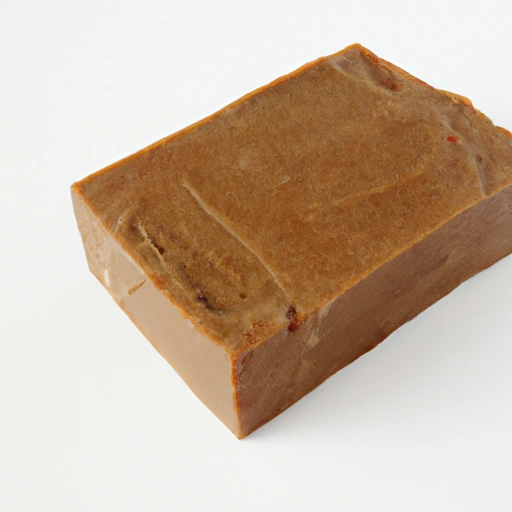Shrimp Paste
Description

Shrimp paste, also known as 'belacan' in Malaysia or 'kapi' in Thailand, is a fermented condiment made from small shrimp or krill that is a staple in many Southeast Asian cuisines. With its strong aroma and deep, salty flavor, shrimp paste is used to enhance the taste of many dishes. It is usually sold in blocks, jars, or tubes and varies in color from pale pink to dark brown. The paste is typically mixed into recipes in small amounts, offering a burst of umami that's essential in many traditional dishes.
Common uses
Typically, shrimp paste is used in small quantities to add depth to dishes such as curries, soups, and sauces. It is also a key ingredient in dips, marinades, and spice blends. In some cases, it is toasted or fried before being incorporated into recipes to mellow its sharpness.
Nutritional value
Calories
A tablespoon (about 18g or 0.63 oz) of shrimp paste contains approximately 20 calories.
Protein
The same serving size provides about 3g (or approximately 0.1 oz) of protein.
Fat
Shrimp paste contains around 0.5g (or 0.02 oz) of fat per tablespoon.
Carbohydrates
It contains less than 1g (or 0.035 oz) of carbohydrates per serving.
Vitamins
Although not a significant source of vitamins, shrimp paste contains small amounts of B vitamins.
Minerals
It is rich in minerals like phosphorus, potassium, and calcium, along with trace amounts of iron and zinc.
Health benefits
Shrimp paste is a good source of protein and minerals such as phosphorus, which is important for maintaining healthy bones and teeth. The fermentation process also promotes the growth of beneficial bacteria which may contribute to gut health.
Potential risks
Shrimp paste can be high in sodium, which may not be suitable for those on a sodium-restricted diet. Additionally, individuals with shellfish allergies should avoid this ingredient. The fermentation process may also produce histamines, which can trigger reactions in sensitive individuals.
Common recipes
Shrimp paste is used in recipes like Thai curries, Malaysian sambal, and Indonesian satay sauces. It's also an essential ingredient in the popular Filipino dish called 'binagoongan'.
Cooking methods
Shrimp paste can be sautéed, grilled, or toasted before being added to recipes to soften its flavor. It is seldom eaten raw due to its intensely salty and fishy taste.
Pairing with other ingredients
The strong flavor of shrimp paste pairs well with other robust ingredients like chili peppers, garlic, and lime juice. It also complements sweeter and milder flavors such as coconut milk and fresh vegetables.
Summary
Shrimp paste is a highly flavorful ingredient with a rich history in Asian cuisine. It's a fermented product that adds a unique umami flavor to a variety of dishes. While it's packed with protein and minerals, its high sodium content requires mindful consumption. This versatile ingredient can be used in numerous recipes and offers a traditional taste that's hard to replicate with any other condiment.